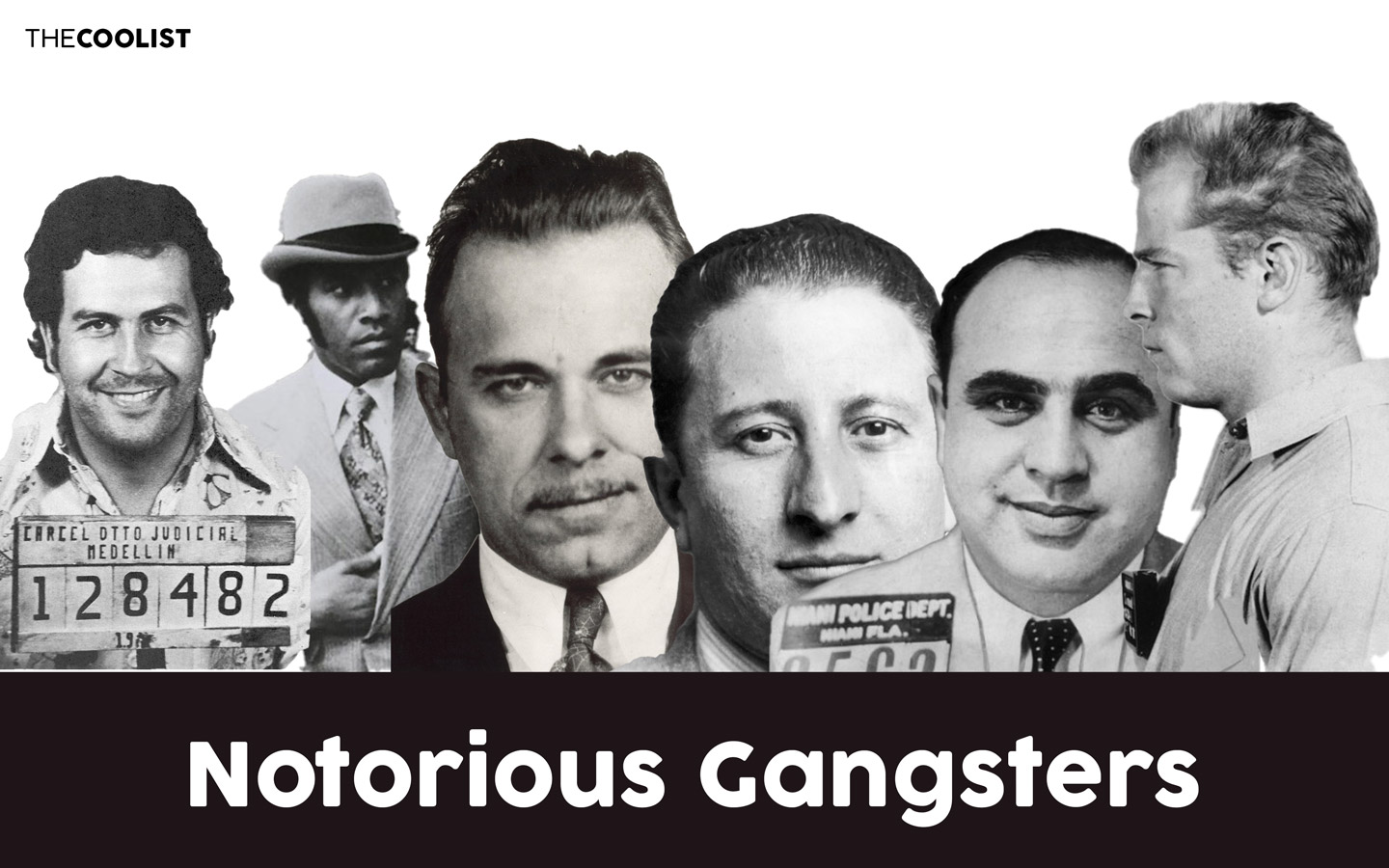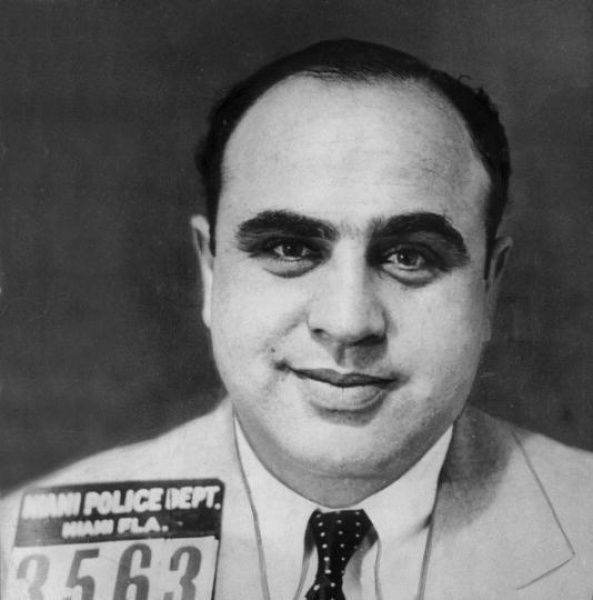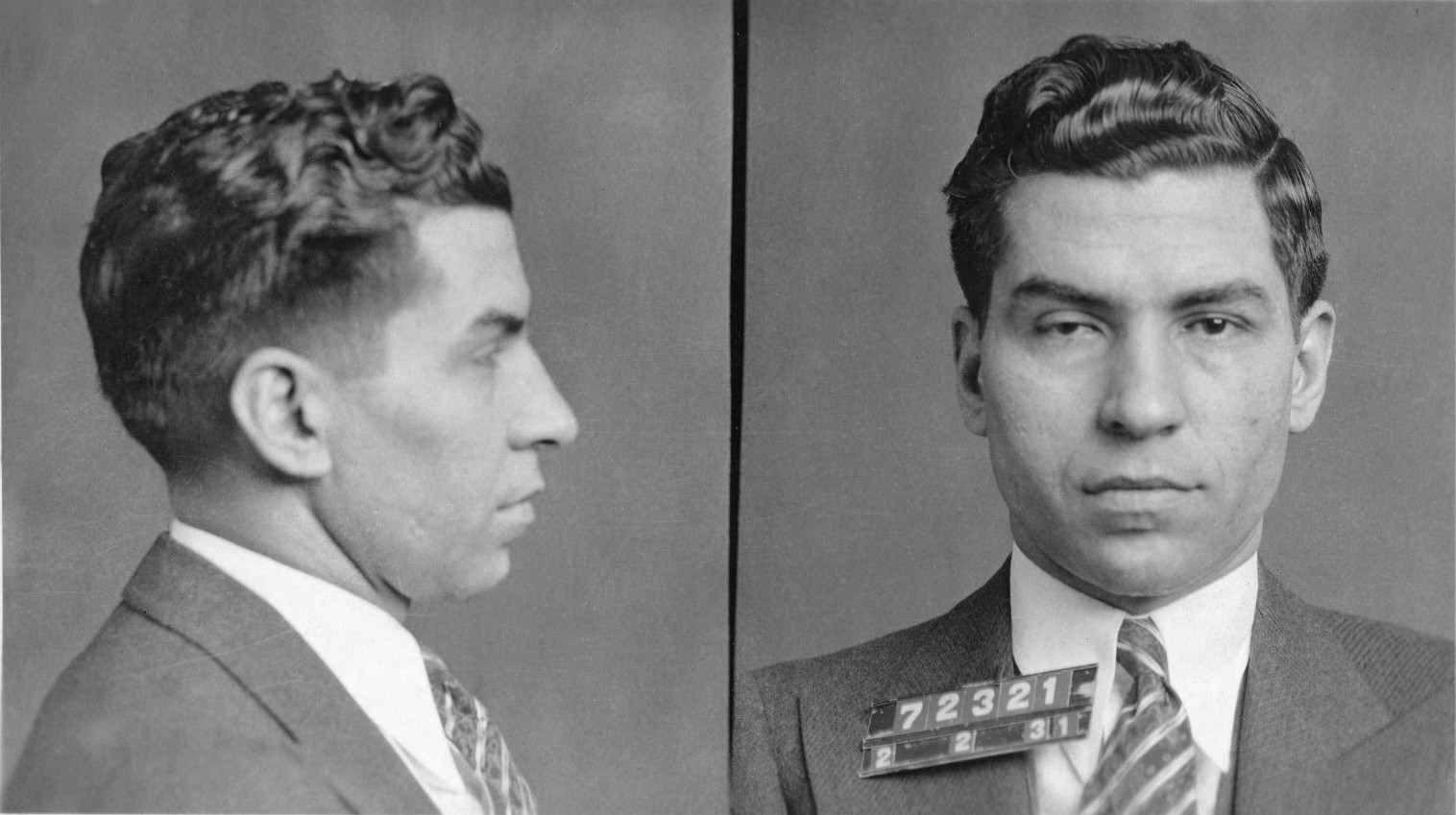Do you ever find yourself captivated by the dark allure of the criminal underworld, intrigued by the men and women who built empires on a foundation of fear and violence? The history of organized crime is a chilling testament to human ambition and ruthlessness, filled with figures whose names still echo through the ages.
In the realm of notorious figures, the names Al Capone, John Gotti, and Pablo Escobar immediately come to mind. Their stories, filled with audacious crimes and legendary status, have long fascinated the world, but these are just a few of the many who have left an indelible mark on the history books. Born in Brooklyn, New York, in 1899, Al Capone, of Italian immigrant heritage, grew up amidst the city's tougher areas. His ascent to the top of the Chicago Outfit, his shrewd business acumen in the lucrative world of bootlegging, and his utter disregard for law and order made him a figure of both fear and grudging admiration. He came to symbolize the excesses of the Prohibition era, a time when crime was big business.
Here is a look at the biographies and professional details of some of the most infamous gangsters of all time:
| Gangster | Born | Died | Known For | Gang Affiliation | Key Crimes | Nickname | Reference |
|---|---|---|---|---|---|---|---|
| Al Capone | January 17, 1899, Brooklyn, New York | January 25, 1947, Palm Island, Florida | Bootlegging, racketeering, and organized crime. | Chicago Outfit | St. Valentine's Day Massacre, controlling the illegal alcohol trade. | Scarface | Britannica |
| John Gotti | October 27, 1940, The Bronx, New York | June 10, 2002, Springfield, Missouri | Head of the Gambino crime family | Gambino crime family | Murder, racketeering, tax evasion. | The Teflon Don | Biography.com |
| Pablo Escobar | December 1, 1949, Rionegro, Colombia | December 2, 1993, Medelln, Colombia | Cocaine trafficking and leading the Medelln Cartel. | Medelln Cartel | Smuggling massive amounts of cocaine into the United States, numerous murders, bombings. | The King of Cocaine | History.com |
| Larry Hoover | November 30, 1950, Chicago, Illinois | Still Alive (incarcerated) | Founder and leader of the Gangster Disciples. | Gangster Disciples | Drug trafficking, murder, and extortion. | Larry Hoover | Chicago Tribune |
| Charles "Lucky" Luciano | November 24, 1897, Lercara Friddi, Sicily, Italy | January 26, 1962, Naples, Italy | Organizing the modern American Mafia | Genovese crime family | Murder, racketeering, prostitution, gambling, and drug trafficking. | Lucky | Biography.com |
| George "Baby Face" Nelson | December 6, 1908, Chicago, Illinois | November 27, 1934, near Chicago, Illinois | Bank robber and killer | Associate of John Dillinger | Bank robberies, murders. | Baby Face Nelson | FBI.gov |
| Bonnie Parker & Clyde Barrow | Bonnie Parker (October 1, 1910), Clyde Barrow (March 24, 1909) | May 23, 1934 | Outlaw couple | Barrow Gang | Robberies, murders | Bonnie and Clyde | Biography.com |
| Reggie and Ronnie Kray | Reggie Kray (October 24, 1933), Ronnie Kray (October 24, 1933) | Organized crime bosses in London. | The Firm | Murders, armed robbery, arson, protection rackets | The Kray Twins | Britannica | |
| Dominic Noonan | September 12, 1964 | April 21, 2016 | Leader of the Noonan crime family. | Noonan crime family | Violent crime, murder. | N/A | Manchester Evening News |
| Emilio Changco | N/A | N/A | Pinoy pirate | N/A | Terrorized Philippine waters during the 1980s and the early 1990s. | N/A | N/A |
| George "Bugs" Moran | August 21, 1893 | February 25, 1957 | Gangster | North Side Gang | Bootlegging, gambling and other crimes | Bugs | Britannica |
The annals of organized crime are filled with such figures. Their influence stretched far beyond the streets they controlled, impacting politics, law enforcement, and even popular culture. These individuals, with their cunning intellect and appetite for violence, have become emblematic of the darkest aspects of human nature. They are a testament to ambition, greed, and the intoxicating allure of power, even if that power is built on a foundation of fear.
Larry Hoover, born in 1950 on the South Side of Chicago, is another example. Hoover rose to infamy as the founder and leader of the Gangster Disciples, a street gang that expanded into a major criminal empire in the city. Hoover, like Capone, built a business on crime, creating a legacy of both fear and organizational complexity. The brutal gang wars, the turf battles, and the relentless quest for dominance defined his reign.
The very mention of the words "mob boss" or "gangster" often conjures the image of Al Capone. Born in Brooklyn, New York, in 1899, to Italian immigrant parents, Capone grew up in the city's rougher ports. His early life exposed him to the criminal underworld, setting him on a path that would define an era. By the 1920s, he had become the most powerful figure in the Chicago Outfit. His control over the illegal alcohol trade during Prohibition generated enormous wealth, which he used to expand his influence and consolidate his power. Capones lavish lifestyle, with its expensive suits, luxury cars, and opulent parties, became the subject of public fascination, even as his ruthlessness was on full display.
Charles "Lucky" Luciano, born in Sicily in 1897, moved to the United States with his family at the age of 10. He quickly made his mark in the New York criminal justice system, earning his nickname due to his ability to evade dangerous situations and his remarkable luck. He went on to organize the modern American Mafia and was instrumental in shaping the structure and scope of organized crime in the United States.
The 1930s in America were a time of notorious gangsters. Figures such as John Dillinger and the infamous couple Bonnie and Clyde dominated headlines, but it was not just these individuals who were the focus of the authorities. Men like George "Baby Face" Nelson, a notorious bank robber and killer, operated across America during this period, associated with the likes of Dillinger. Nelson, a figure as dangerous as he was infamous, was named "Public Enemy Number One" by the FBI. The combination of audacious crimes and brutal efficiency made him a legend in his own right.
Another significant gang was the Gangster Disciples, formed in the late 1960s by Larry Hoover and David Barksdale, they quickly gained notoriety for their brutality and vast criminal empire. Their rise serves as a stark reminder of the brutal realities and destructive consequences of gang life.
Beyond American shores, the Kray twins, Reggie and Ronnie, terrorized London in the 1950s and 1960s with their gang, "The Firm." Their exploits became the stuff of legend, mixing violence and celebrity in a way that captivated and horrified the public. They were not just criminals; they were cultural icons, their story told and retold through books, films, and documentaries.
The Kray twins, Reggie and Ronnie, were perhaps the most infamous gangsters in British history, their reign of terror casting a long shadow over London in the 1950s and 1960s. With their gang, known as "The Firm," they instilled fear, their criminal activities ranging from murder and armed robbery to arson and protection rackets. Their crimes, their flamboyant lifestyle, and their connections to celebrities made them a sensation. The story of the Krays is a dark tale of ambition, violence, and a ruthless quest for power.
In the Philippines, Emilio Changco, a notorious Pinoy pirate, terrorized Philippine waters during the 1980s and early 1990s. His actions illustrate the global reach of organized crime and the devastating impact it can have on communities and nations.
The story of Dominic Noonan, brother to Desmond Noonan, one of the most infamous gangsters in Manchester, reflects the cycle of violence and organized crime that can span generations within families. Dominic, together with his brothers, led the Noonan crime family, an organized crime group that was infamous for its gruesome violence and murder in the 1980s and 1990s. Their legacy serves as a reminder of the human cost of organized crime.
In the United States, George "Bugs" Moran was a rival of Al Capone during the Prohibition era in Chicago. The St. Valentine's Day Massacre, where Capone's men entered a garage owned by Moran and killed seven men, demonstrated the violent nature of the struggle for power and control of the city's illegal businesses.
Many of these figures were also known by a host of nicknames. Al Capone, with his infamous scar, was known as "Scarface". The Kray twins also had nicknames, reflecting their notoriety and status. Baby Face Nelson, with his youthful appearance, became a figure of fear and intrigue.
Throughout history, the legends of gangsters and mob bosses have persisted, their stories becoming part of the cultural fabric. They remind us of the darker aspects of human nature, of the allure of power, and the enduring cost of violence.



Detail Author:
- Name : Cornelius Barton
- Email : wilkinson.euna@wilkinson.info
- Birthdate : 2000-08-23
- Address : 911 Dexter Station Apt. 297 Kaelaberg, AZ 22785-2535
- Phone : 1-612-996-7464
- Company : Kihn Group
- Job : Instrument Sales Representative
- Bio : Fugiat magni et quasi cumque. Et aut iste voluptas.